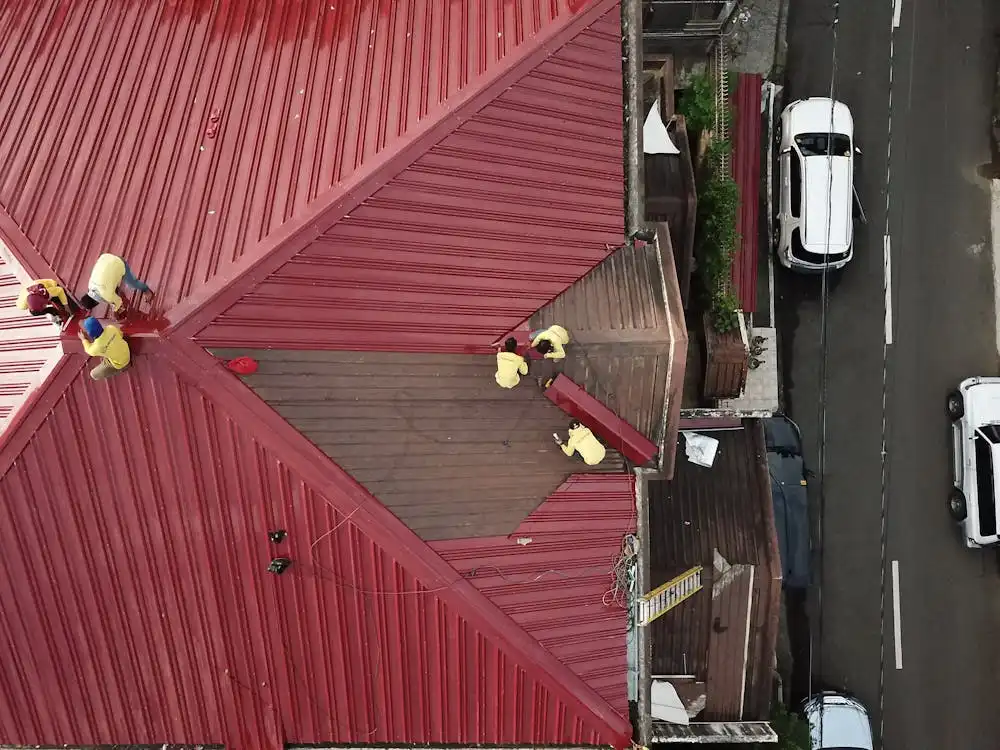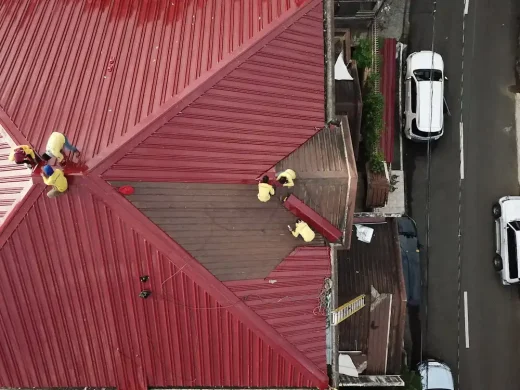How to tell if your roof needs repair or replacement, roof repair contractor, Building home maintenance
How to Tell If Your Roof Needs Repair or Replacement
24 February 2025
Your roof plays a crucial role in protecting your home, but it won’t last forever. Over time, weather, age, and external factors can take a toll, leading to leaks, structural damage, and energy inefficiency. Knowing when to fix minor issues and when a full replacement is necessary can save you money and prevent costly problems down the road. In this guide, we’ll explore clear signs that indicate whether your roof needs repair or a complete overhaul. Let’s dive into what to look for before small issues become major headaches.
- Visible Roof Damage
When you step outside and glance at your roof, do you notice missing, curled, or cracked shingles? These are some of the most obvious signs of wear and tear. Over time, shingles deteriorate due to weather exposure, extreme temperatures, and aging materials. If a few shingles are damaged, repairs may be enough. However, if the problem is widespread, your roof might need replacement.
Another thing to check for is granule loss. Asphalt shingles have a gritty coating that helps protect them from UV rays. If you find excessive granules in your gutters or around your home, your shingles may be past their prime.
- Leaks and Water Stains
A roof in good condition should keep moisture out. If you see water stains on ceilings or walls, your roof is letting water in. Leaks might seem minor at first, but they can lead to mold, structural damage, and ruined insulation if left unchecked.
Check your attic for signs of moisture or mold growth. Water-damaged insulation or damp rafters indicate trouble. At this stage, you might need repairs, but if leaks persist, a full roof replacement could be the best solution. Companies like West Pro specialize in identifying leak sources and providing solutions that match your budget and long-term needs.
- Sagging Roof Structure
A sagging roof is a serious issue that demands immediate attention. It often signals underlying structural problems, such as weakened support beams or water damage. Unlike missing shingles or minor leaks, a sagging roof isn’t something you can ignore or patch up with a quick fix.
Inspect your roofline from a distance. It should appear straight and even. If you notice any dips or warping, your roof’s integrity is compromised. Structural issues can lead to a roof collapse if not addressed promptly. In most cases, sagging means a replacement is necessary to ensure your home remains safe and stable.
- High Energy Bills
If your energy costs keep rising, your roof might be the culprit. A well-maintained roof helps regulate indoor temperatures by preventing heat loss in winter and keeping your home cool in summer. Damaged shingles, gaps, or poor insulation allow air to escape, making your HVAC system work harder.
Check your attic insulation and ventilation. If you feel drafts or notice fluctuating temperatures, your roof isn’t doing its job. Repairs can sometimes fix minor inefficiencies, but if your roof is old and no longer energy-efficient, investing in a replacement could lower your utility bills in the long run.
- Mold, Moss, and Algae Growth
Moss, mold, and algae thrive in damp environments, and if they’re growing on your roof, there’s likely excess moisture. While moss may give a rustic look, it damages shingles by trapping moisture, leading to rot and decay. Algae and mold, on the other hand, can spread quickly and cause structural deterioration.
Look for dark streaks or green patches on your roof. If the growth is minor, a professional cleaning can remove it. However, if the issue is extensive, the underlying materials may already be compromised. In that case, replacing the affected sections or the entire roof may be the best course of action.
- Damaged Flashing and Roof Valleys
Flashing plays a critical role in keeping water from seeping into vulnerable areas of your roof, such as chimneys, vents, and skylights. If the flashing is cracked, rusted, or missing, it can create entry points for moisture. Damaged flashing is a common cause of leaks, especially during heavy rain or snow.
Similarly, roof valleys—where two slopes meet—are high-risk areas for water damage. Since they direct rain and melted snow down to your gutters, any weakness in these sections can lead to significant leaks. If you notice rusted flashing or deteriorating valley areas, repairs may suffice. However, if the damage is widespread, a replacement might be the safer option.
- Age of the Roof
Even if your roof appears intact, age alone can determine whether it’s time for a replacement. Asphalt shingle roofs typically last between 20 and 30 years, while metal, tile, and slate roofs can last much longer. If your roof is reaching the end of its expected lifespan, it’s wise to schedule an inspection.
Older roofs are more prone to leaks, insulation issues, and structural weaknesses. If you’ve already had multiple repairs, investing in a new roof can be more cost-effective than constant patchwork. Keeping track of your roof’s age helps you plan ahead rather than waiting for a major issue to force an emergency replacement.
- Gutter Issues and Shingle Debris
Your gutters serve as an early warning system for roof problems. If you find excessive shingle granules, broken pieces, or sludge-like debris in them, your roof may be deteriorating. Granule loss weakens shingles, making them less effective at repelling water and UV rays.
Clogged or damaged gutters also contribute to roof issues by allowing water to pool in areas it shouldn’t. Overflowing gutters can lead to rot along the roofline, which may extend to the fascia and soffits. Regular gutter maintenance can help prevent some issues, but if granule loss or structural damage is severe, a roof replacement could be necessary.
Your roof is one of the most critical parts of your home, and recognizing the warning signs of damage can help you avoid costly repairs or unexpected failures. Whether it’s missing shingles, leaks, sagging, or pest infestations, addressing issues early ensures your home stays protected. Regular inspections, maintenance, and timely repairs can extend your roof’s lifespan, but when problems become widespread, a replacement might be the best investment. If you’re unsure whether your roof needs repair or a complete overhaul, consulting a professional can provide clarity and peace of mind.
Comments on this guide to How to Tell If Your Roof Needs Repair or Replacement article are welcome.
Roofing Articles
Roofing Posts
Flat roof repair

image source : pixabay.com
Insulation Options for Your Roof
How to make your roofing company a success
Property Design
Contemporary Property Designs – recent architectural selection from e-architect below:
Comments / photos for How to Tell If Your Roof Needs Repair or Replacement page welcome




